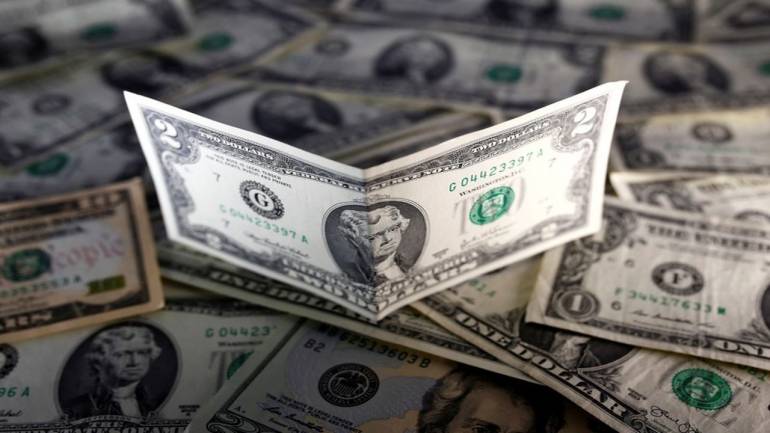BEIJING: China’s trade with countries participating in its multi-billion dollar Belt and Road Initiative (BRI) has posted “robust growth”, totalling USD 1.34 trillion in 2019, as Beijing seeks to expand its export base away from the lucrative US and EU markets.
Trade with BRI partner countries totalled 9.27 trillion yuan (about USD 1.34 trillion) in 2019, outpacing the country’s aggregate trade growth by 7.4 percentage points, Zou Zhiwu, vice minister of General Administration of Customs (GAC) told media here on Tuesday.
Touted as Chinese President Xi Jinping’s pet project, the One Belt One Road initiative focuses on improving connectivity and cooperation among Asian countries, Africa, China and Europe.
The BRI is aimed at furthering China’s influence abroad with infrastructure projects funded by Chinese investments all over the world. The initiative also led to allegations of smaller countries reeling under mounting Chinese debt after Sri Lanka gave its strategic Hambantota port in a debt swap to China in 2017 on a 99-year lease. With over USD 60 billion promised investments under the China-Pakistan Economic Corridor (CPEC), Pakistan is poised to get the lion’s share of the funding.
CPEC connecting China’s Xinjiang with Pakistan’s Gwadar port is regarded as the flagship project of the BRI. India has protested to China over CPEC as it is being laid through Pakistan-occupied Kashmir (PoK).
According to Chinese Foreign Ministry, China has inked 198 cooperation documents with 167 countries and international organisations under the BRI. China sees its trade expansion with the BRI countries as a way out to sustain its exports amid declining trend in the US and EU, its top export destination till now. Zou said China’s foreign trade rose 3.4 per cent in 2019 to 31.54 trillion yuan (about USD 4.6 trillion). However, in dollar terms China’s export growth decelerated sharply to 0.5 per cent in 2019 from a rise of 9.9 per cent in 2018 amid the trade war with the US.
Imports, meanwhile, fell by 2.8 per cent in 2019 in in US dollar terms. In yuan terms, China’s exports expanded by 5 per cent in 2019, while imports expanded 1.6 per cent.
The minister added that that the sharp rebound in imports in the last month of 2019 was pushed up by China’s renewed purchases of US pork and soybeans after China issued tariff waivers to purchase such US products in early December.
Trade value with the US dropped 10.7 per cent in the 2019 amid the long-running trade war the customs data showed, making it China’s third largest trading partner behind the European Union and the Asean region.
While headline trade growth surged in December, this is more a reflection of base effects and price effects than of current strength, Hong Kong-based South China Morning Post quoted Julian Evans-Pritchard, senior China Economist at Capital Economics as saying about China’s trade figures. PTI







